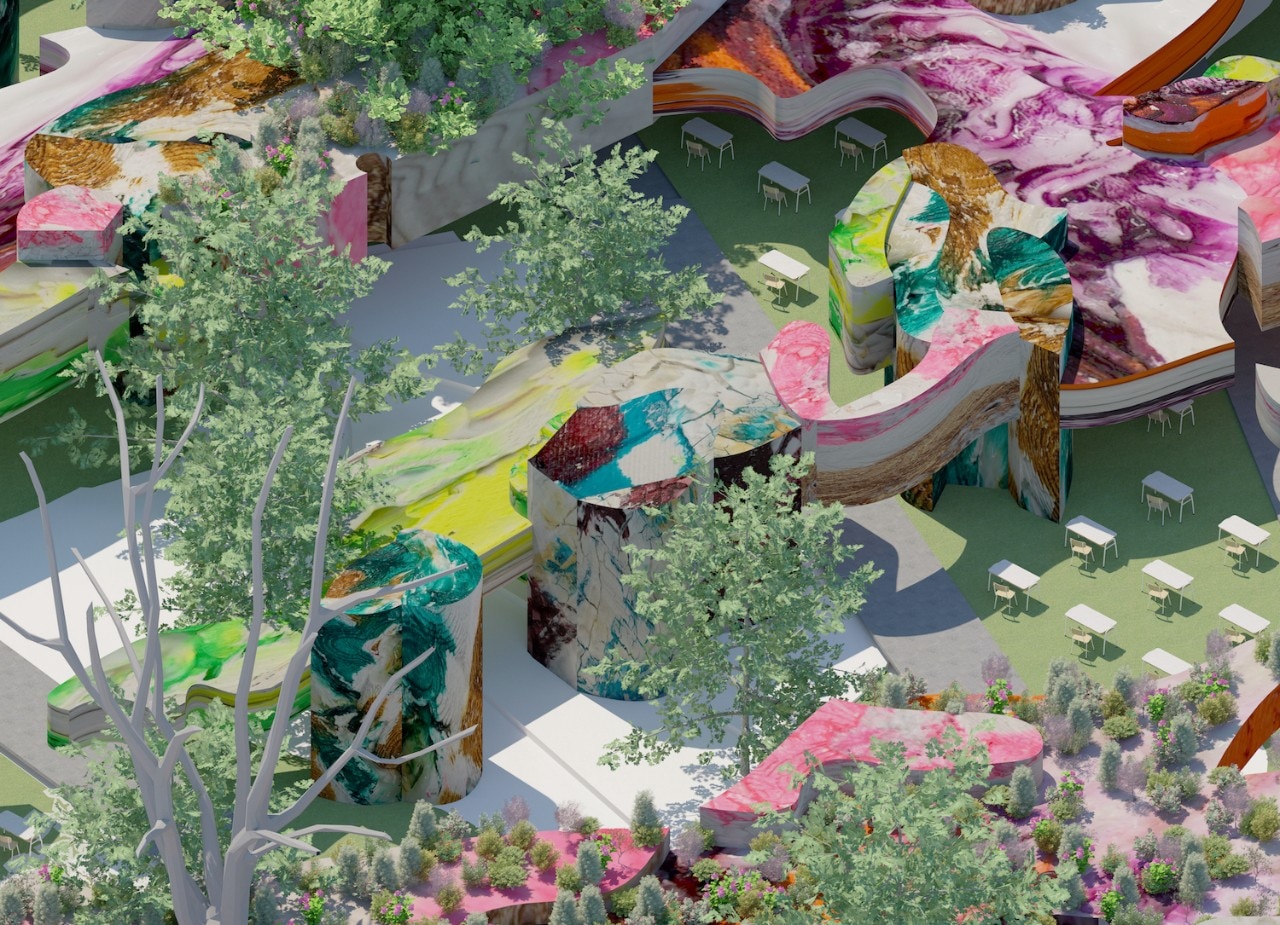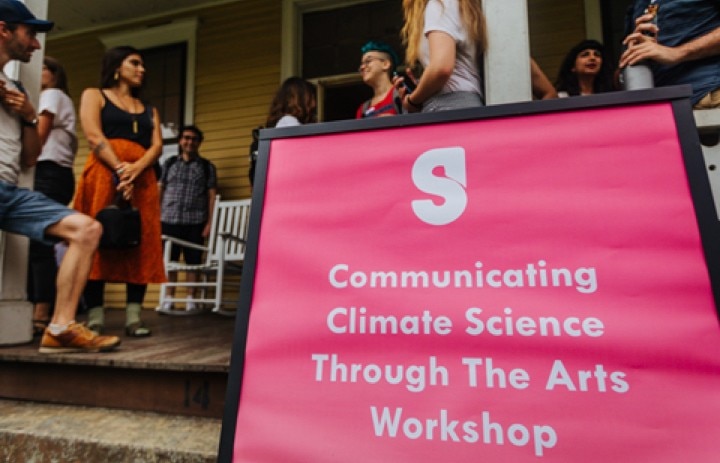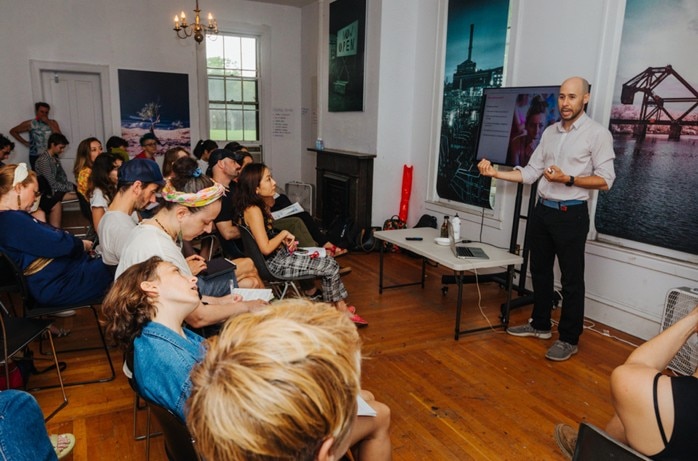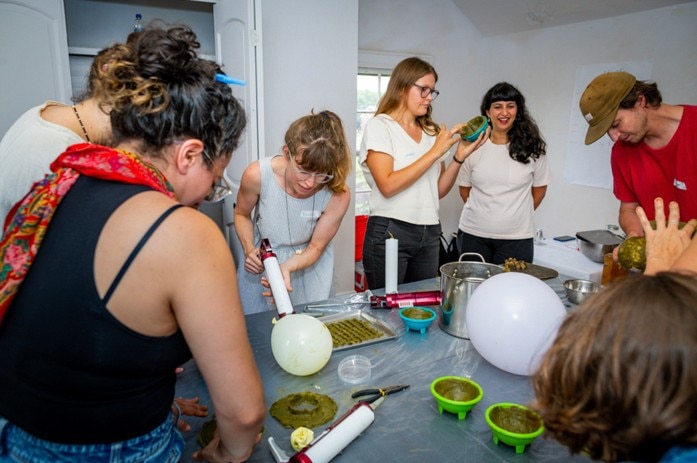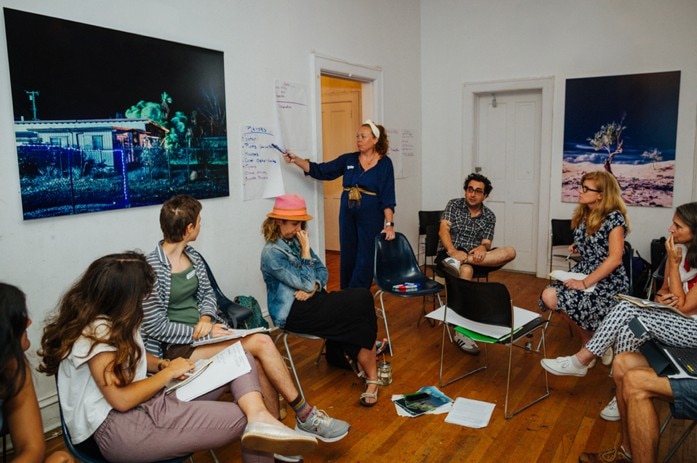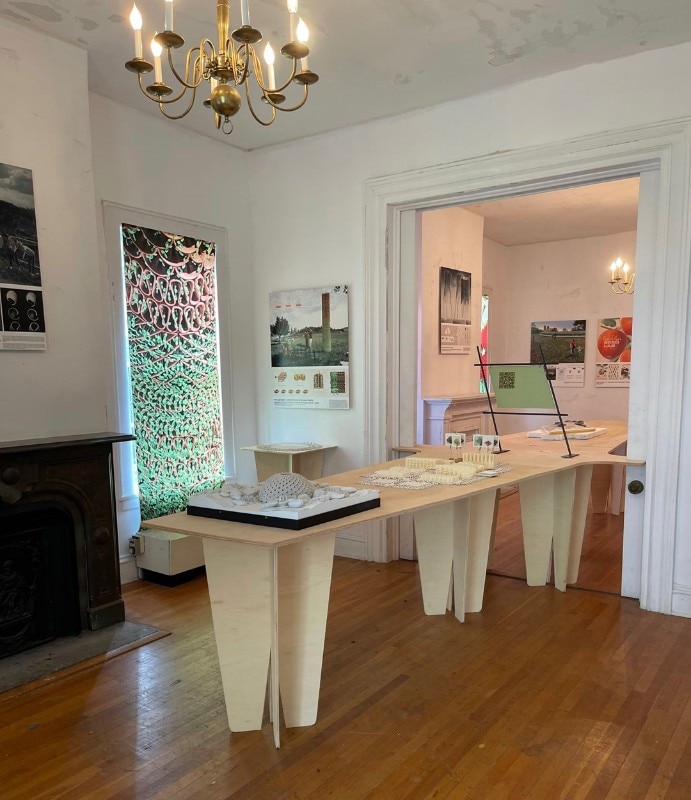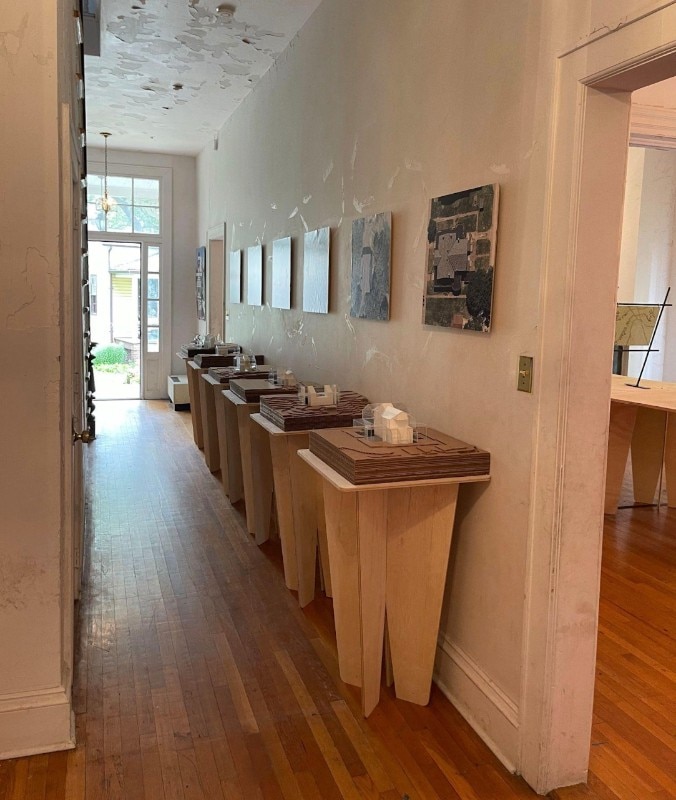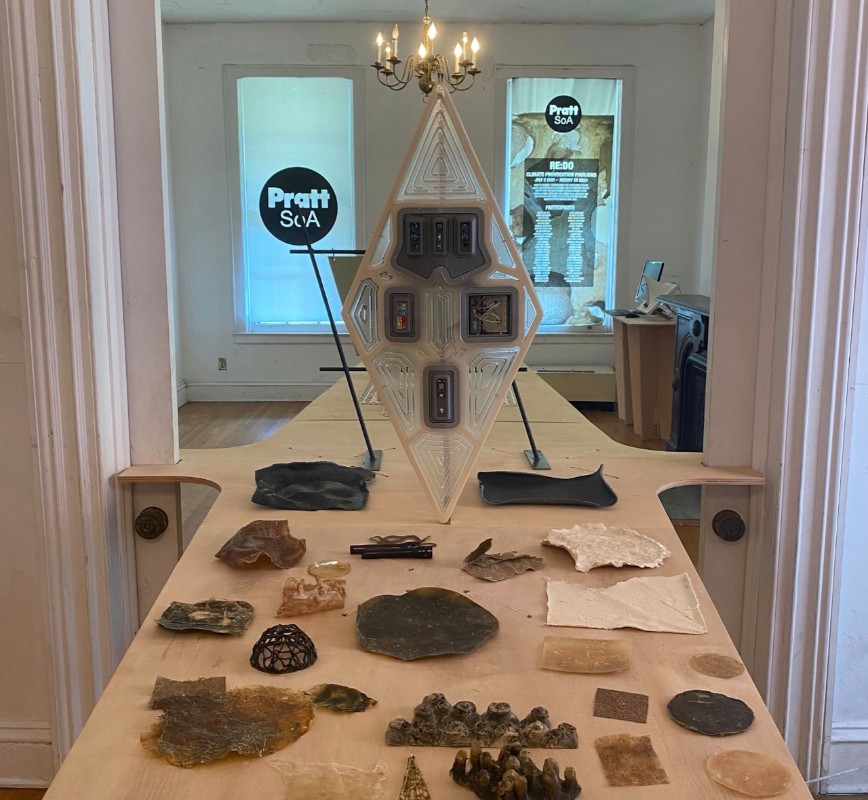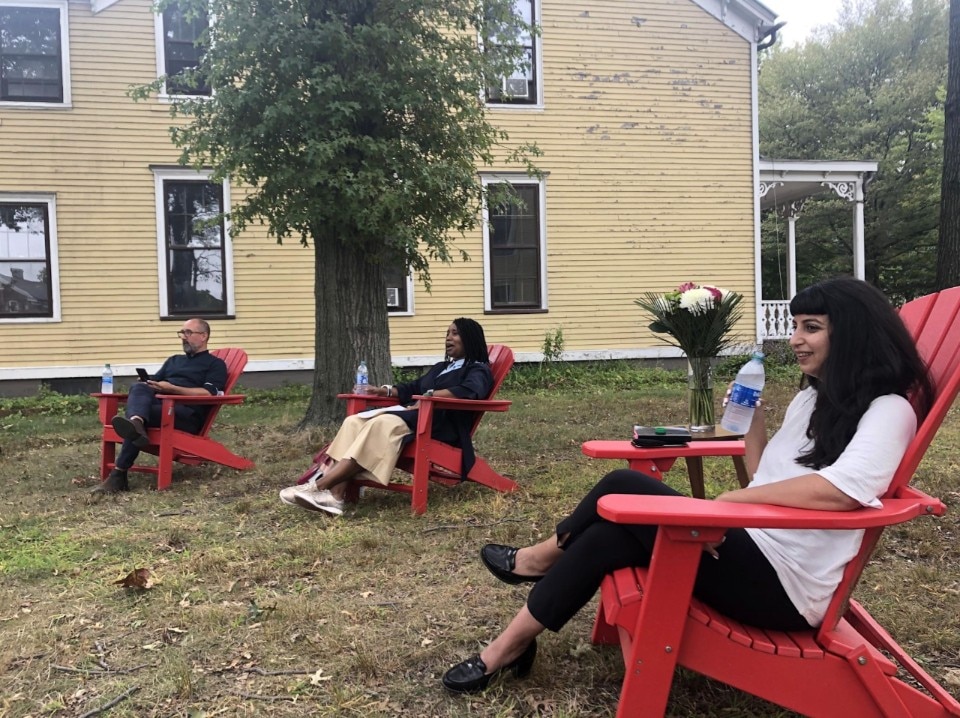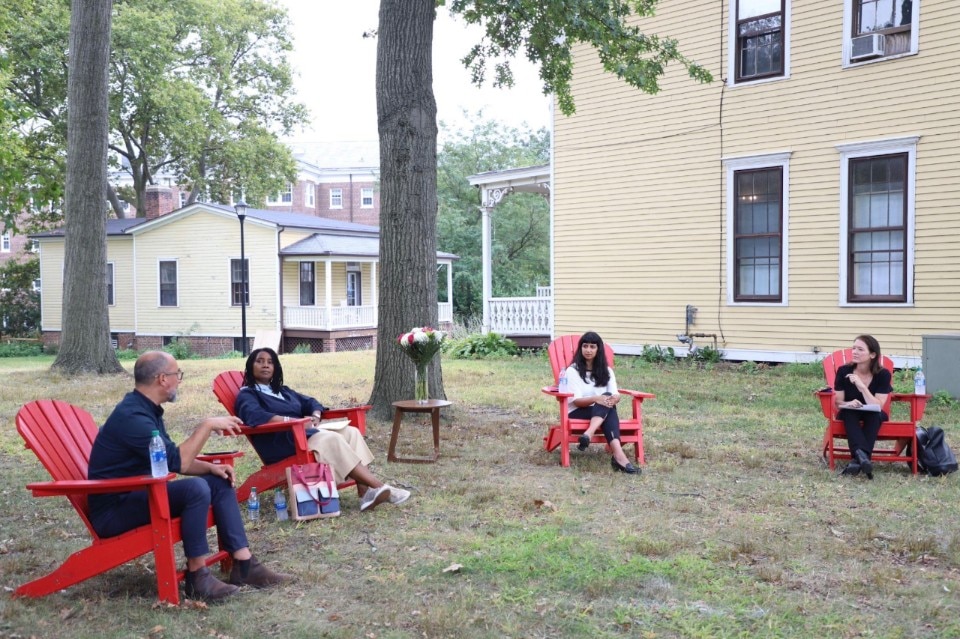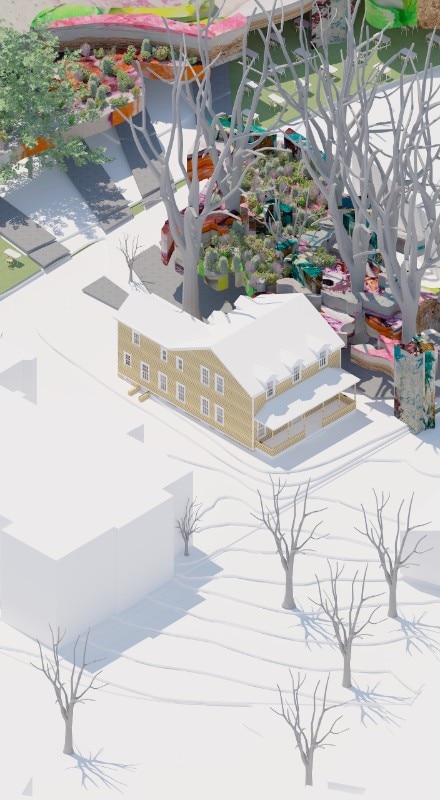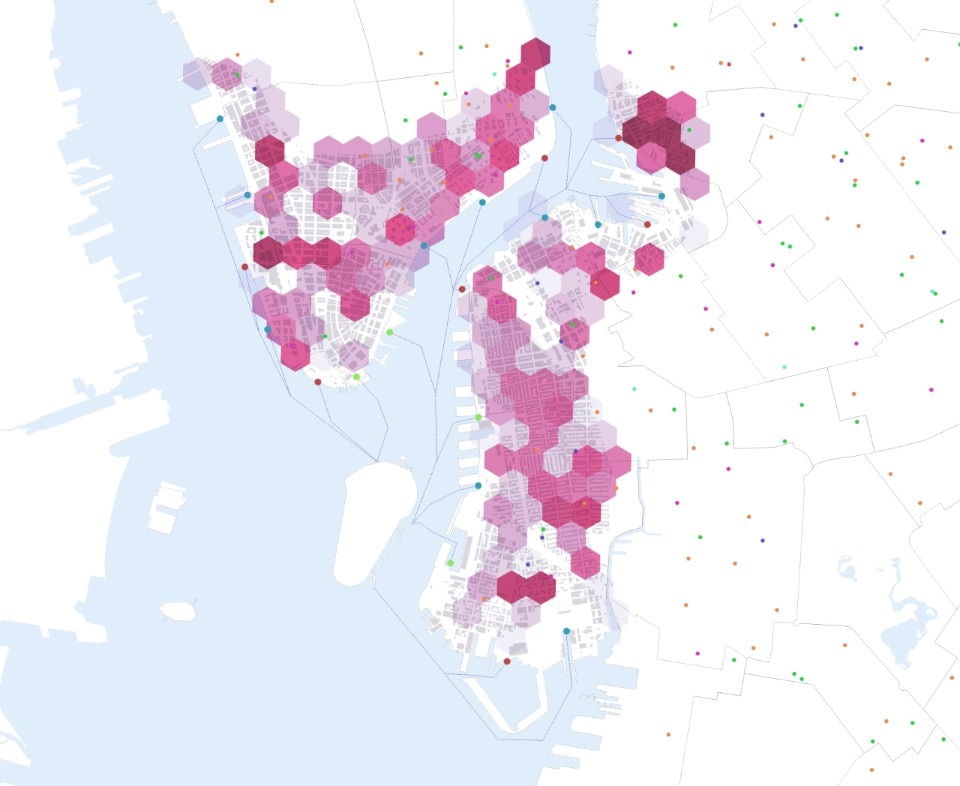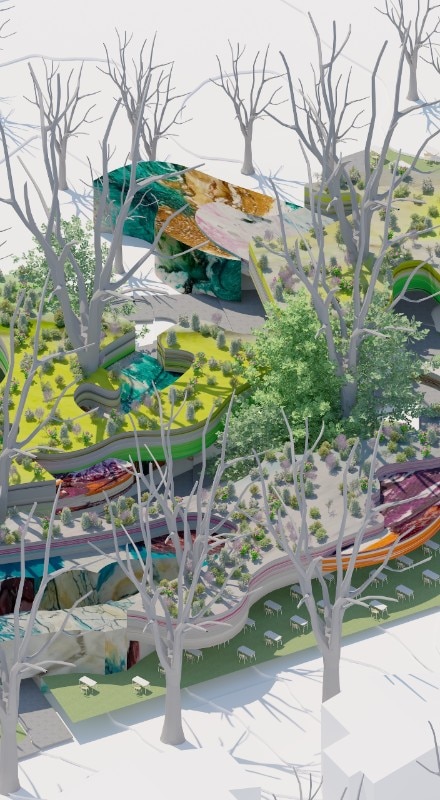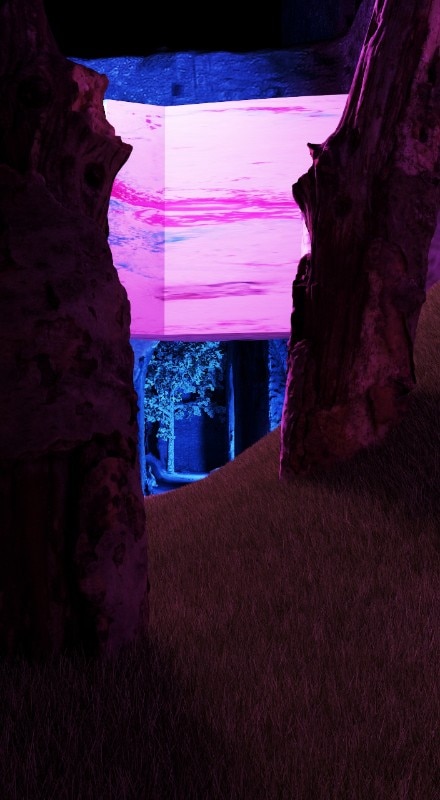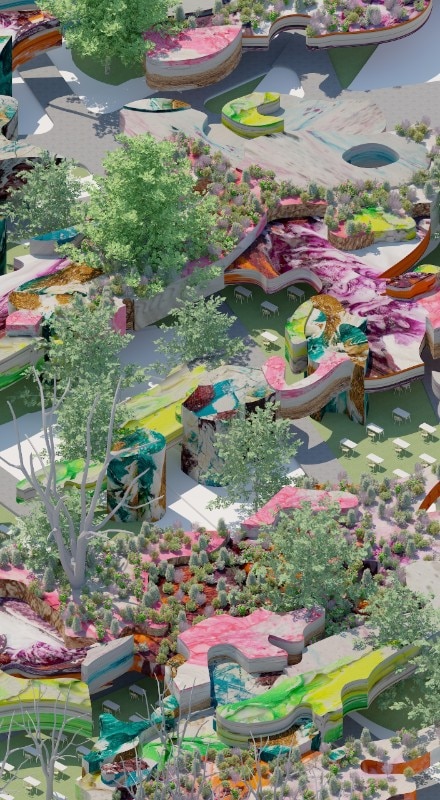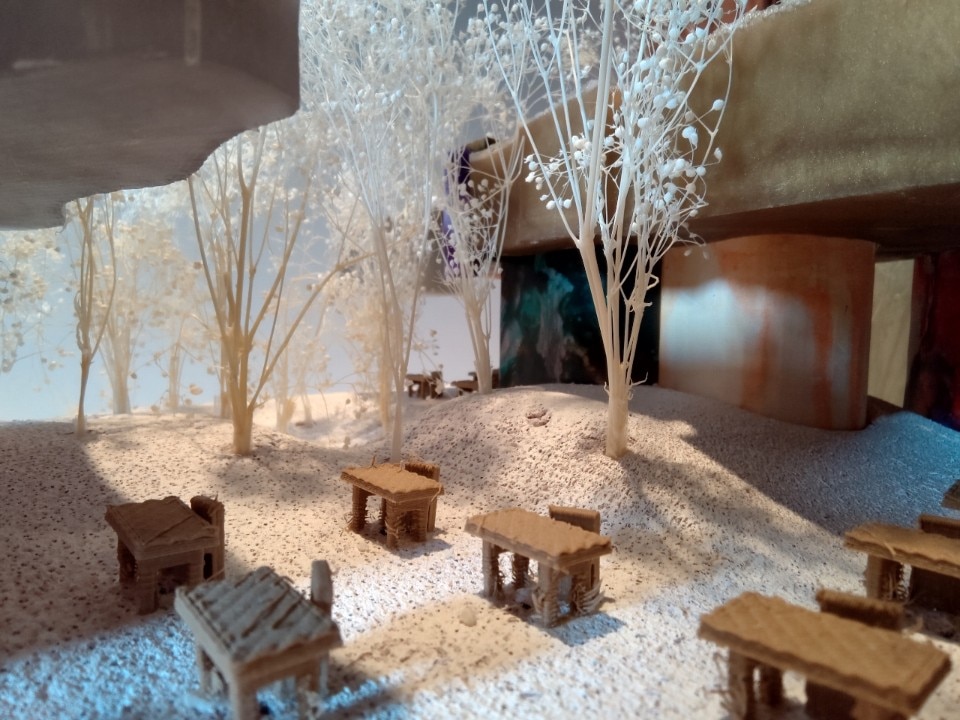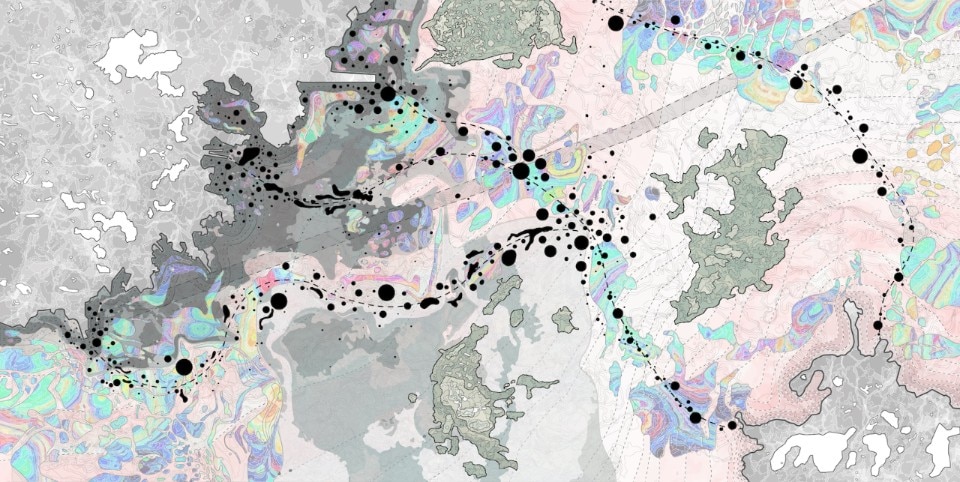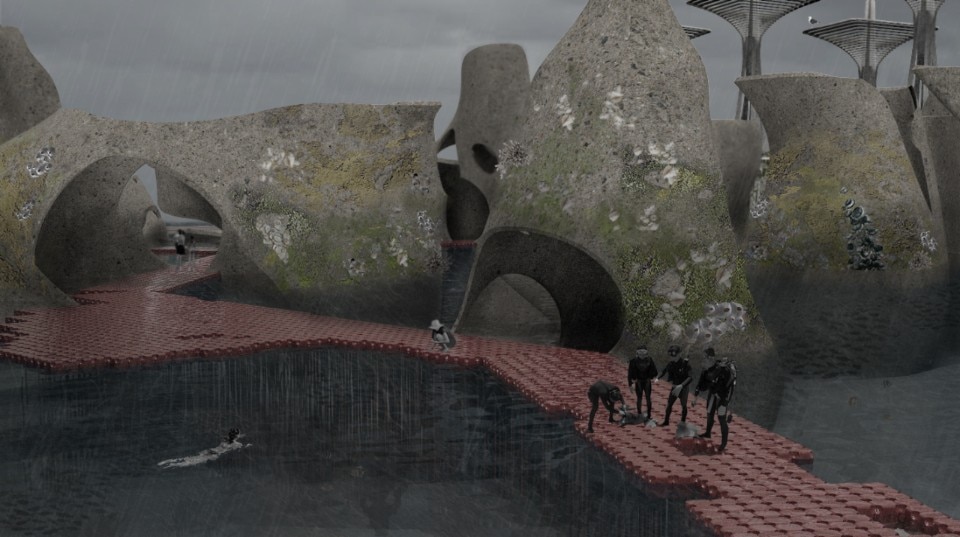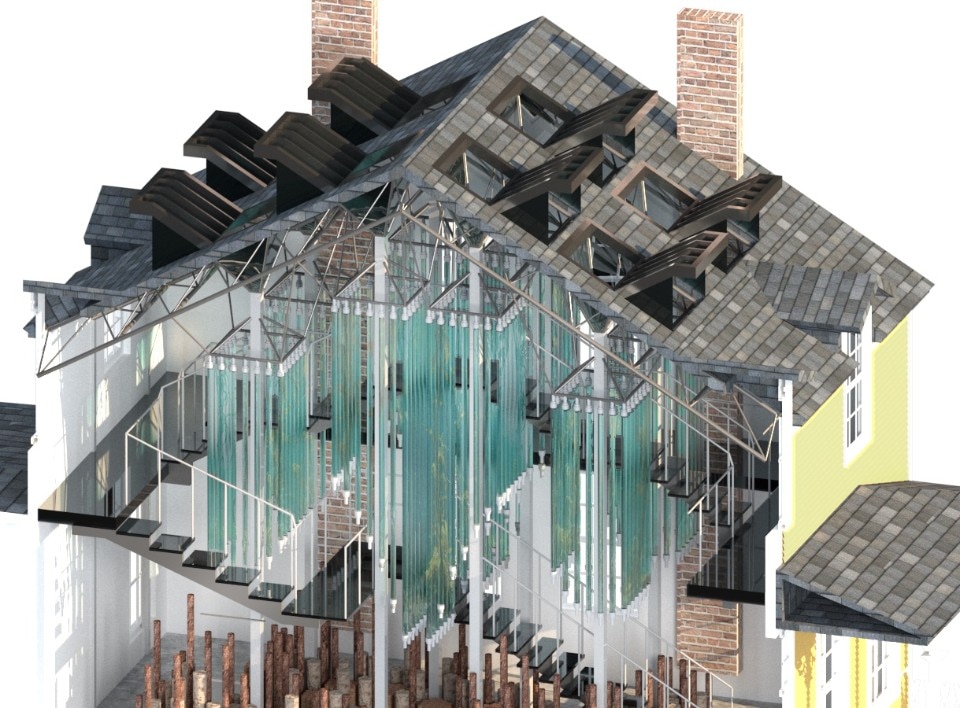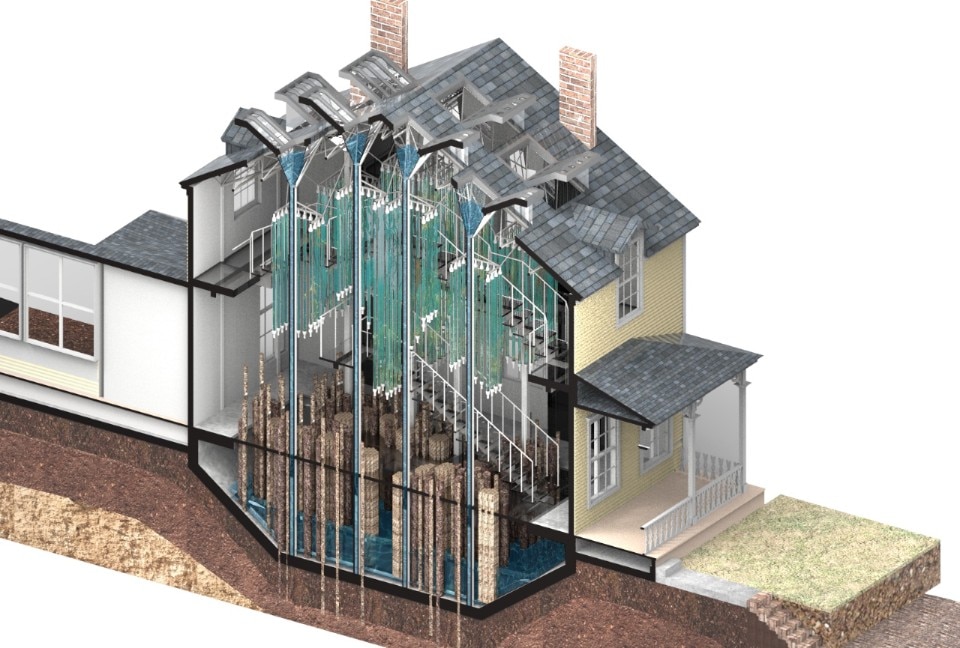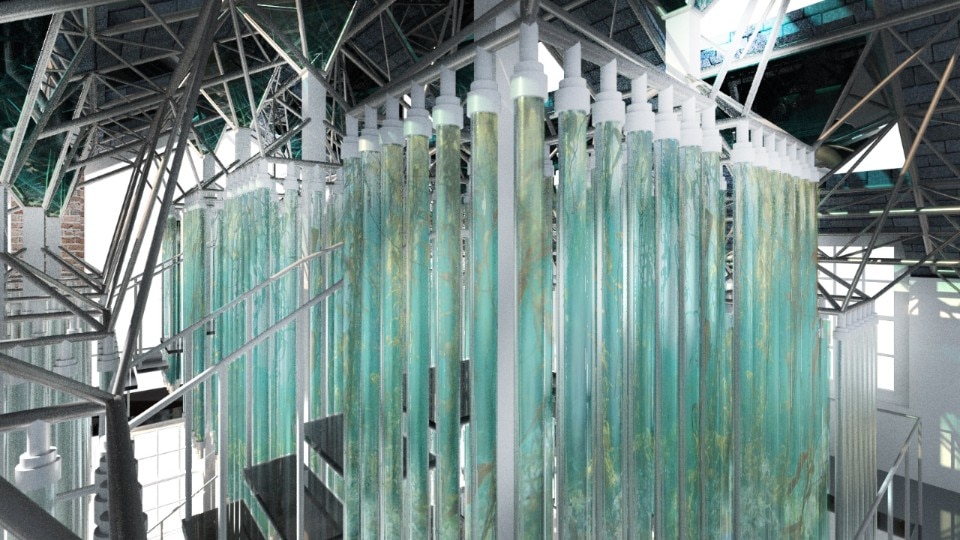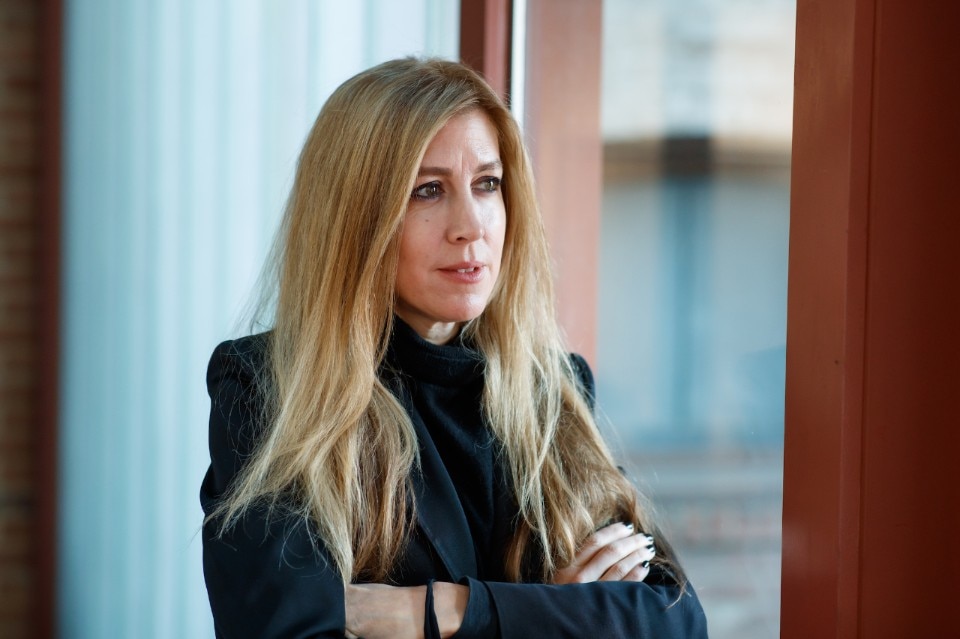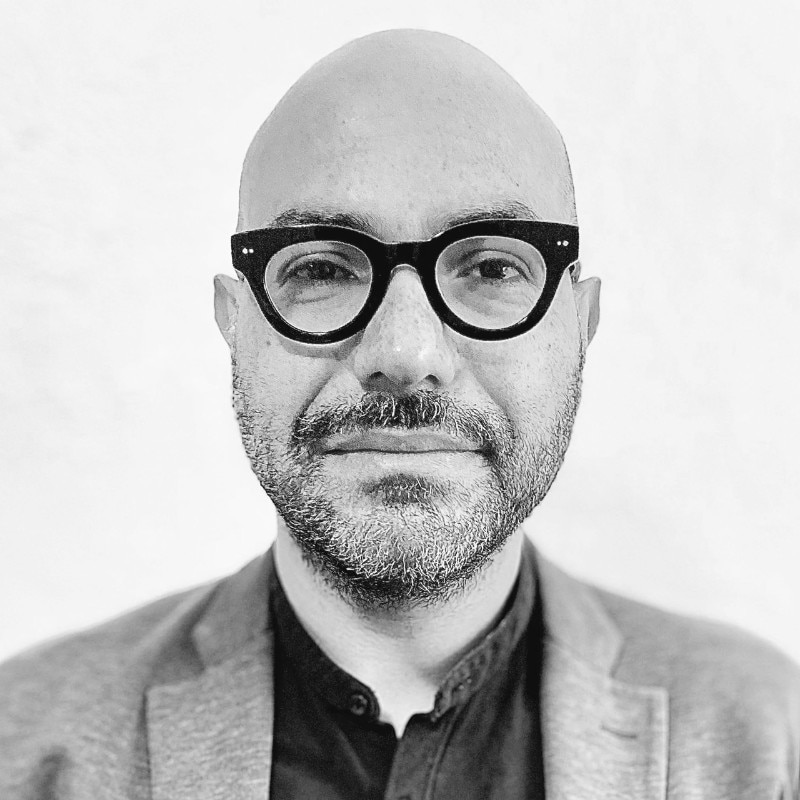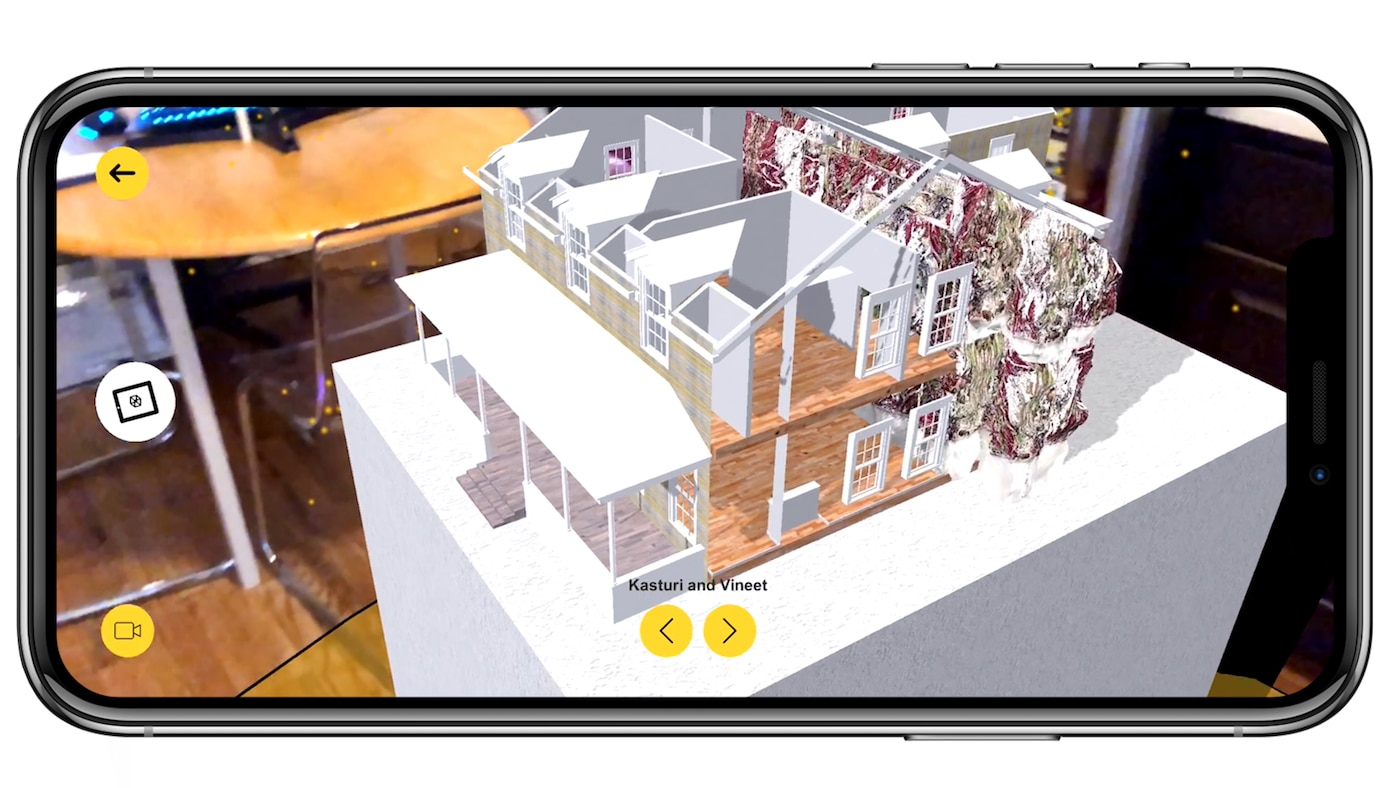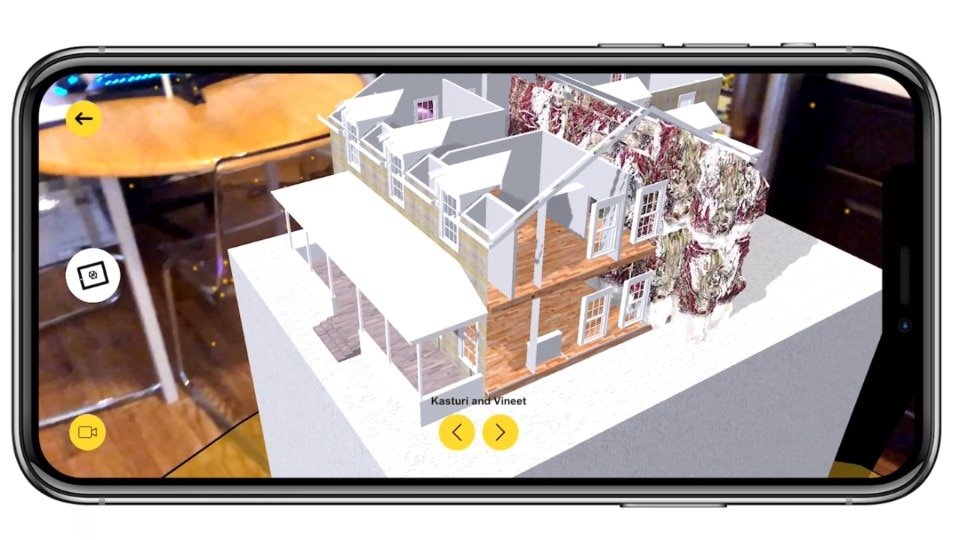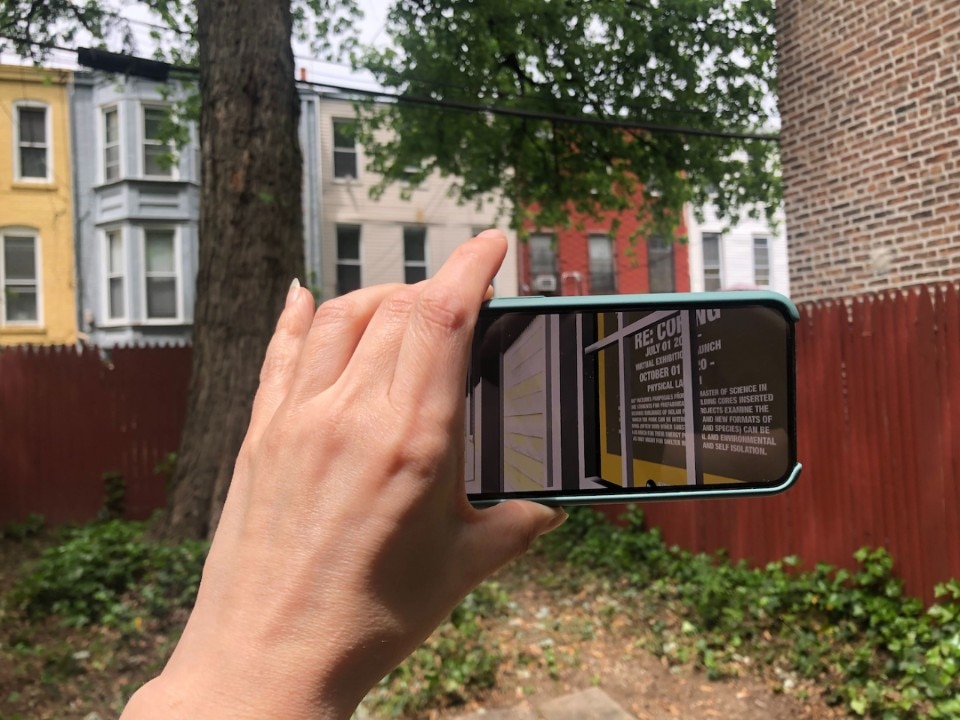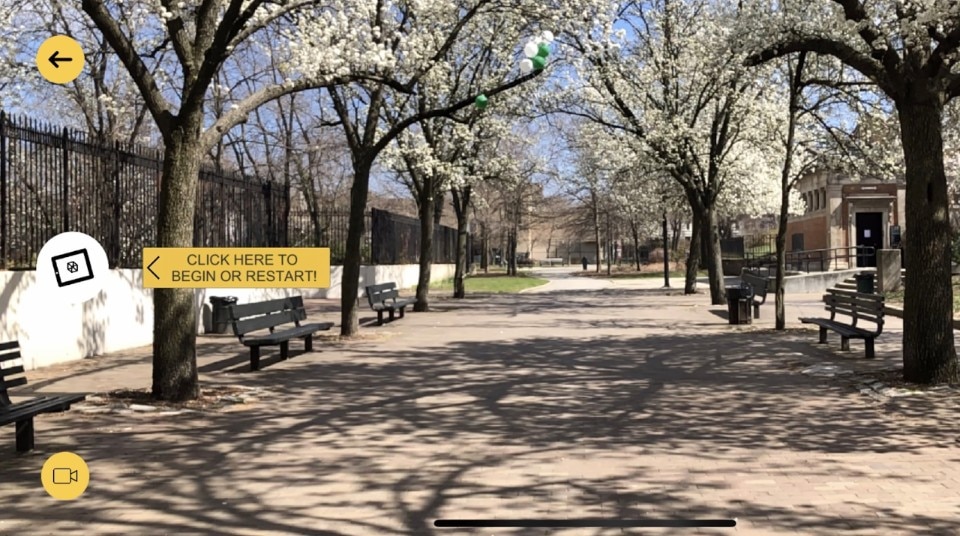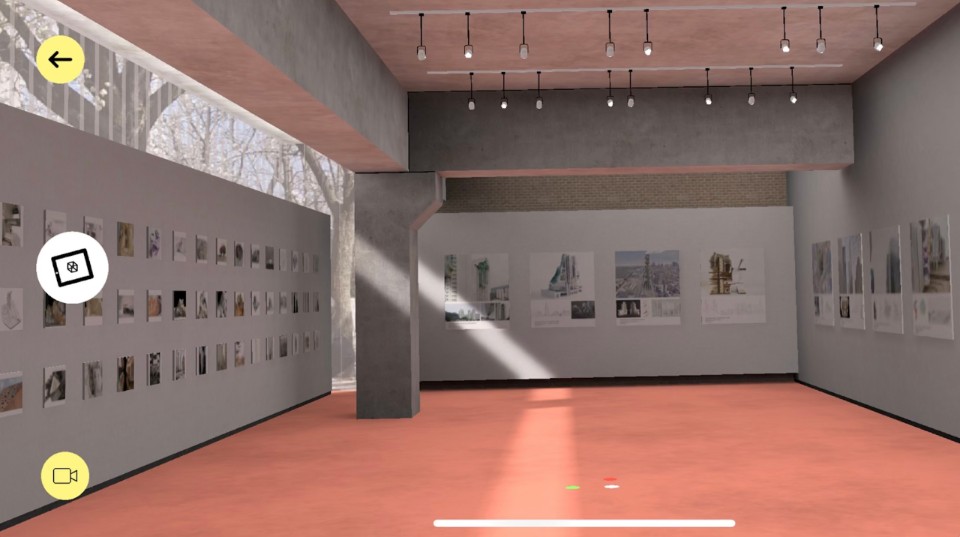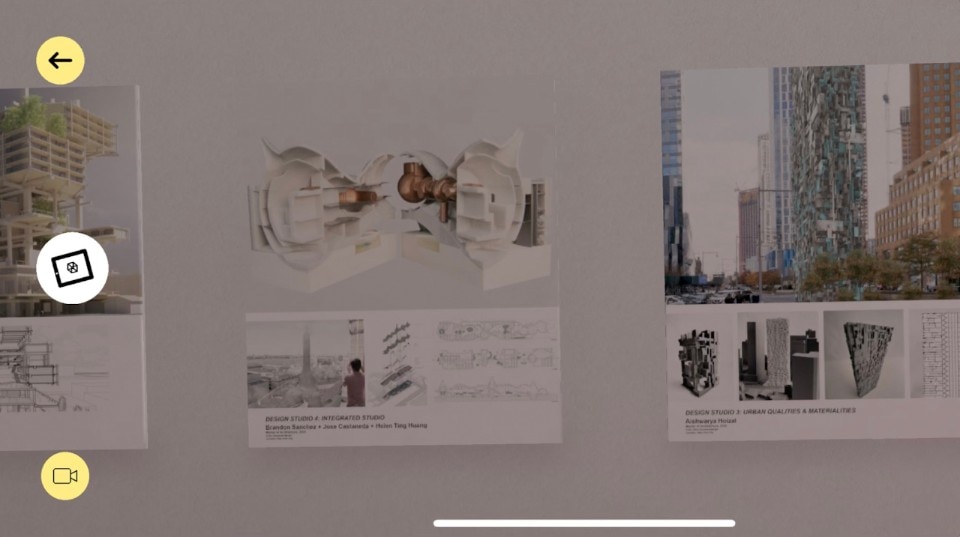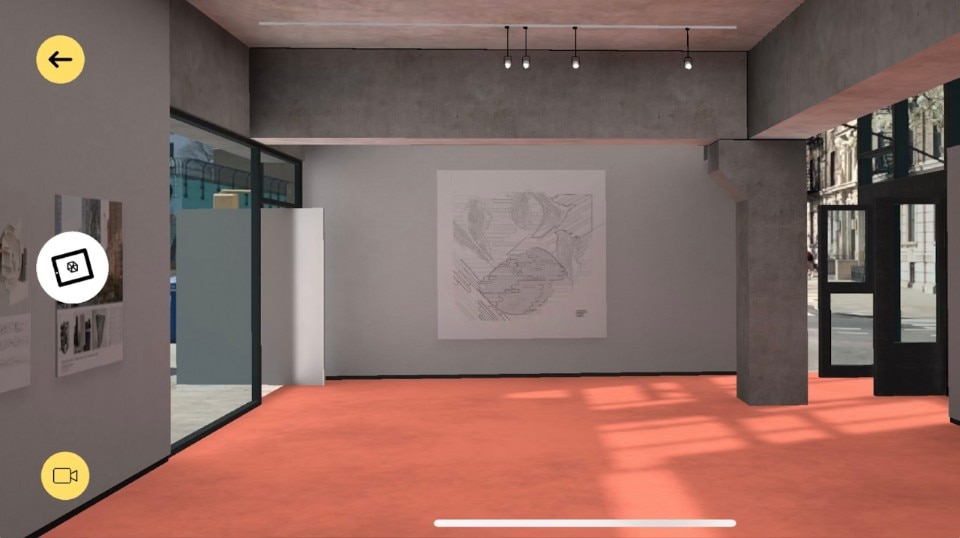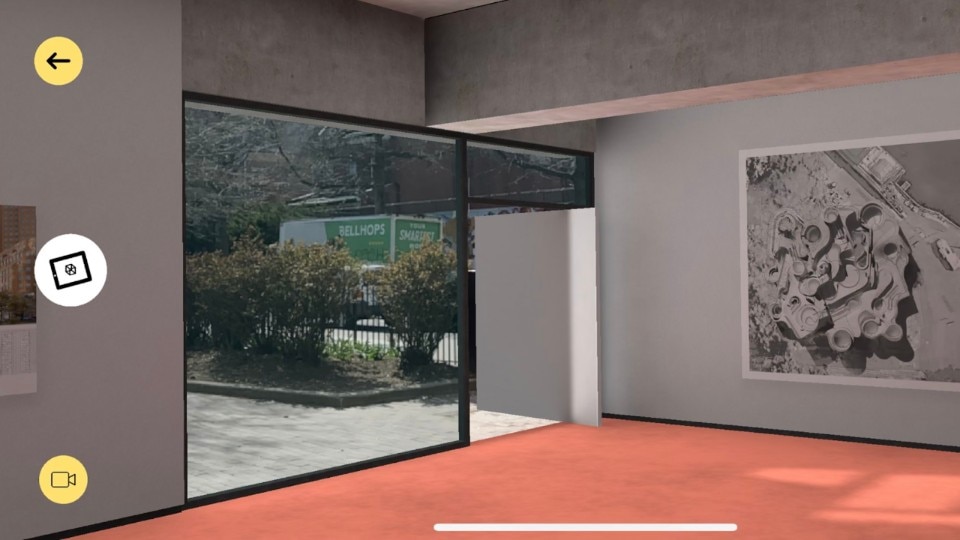After months of isolation and remote lectures, the university world finally seems ready to reclaim its physical spaces, repopulating classrooms and laboratories. The world of education is certainly taking home a wealth of digital wisdom while coming to terms with a real metamorphosis of the university’s language. “I think one of the interesting things about living in one of the world’s most diverse cities is that, in many ways, we became the eye of the storm. I had just become the new dean of a university in a metropolis radically challenged by the pandemic,” Pratt Institute School of Architecture Dean Harriet Harriss, who was appointed to the position in 2019, tells us. “When we moved to a virtual setting, the assumption was that all students would have the same distance learning experience, so we worked to create resources and make access to new required tools accessible to all. For example, we had a virtual rendering of the entire school, a sort of prototype of our entire building: students, even though it was still remote, could come in and walk into the building and attend reviews in a virtual environment.”
It was incredibly important for us to start thinking about ways to give students a greater ability to coordinate their own sense of community autonomous from their interactions with professors
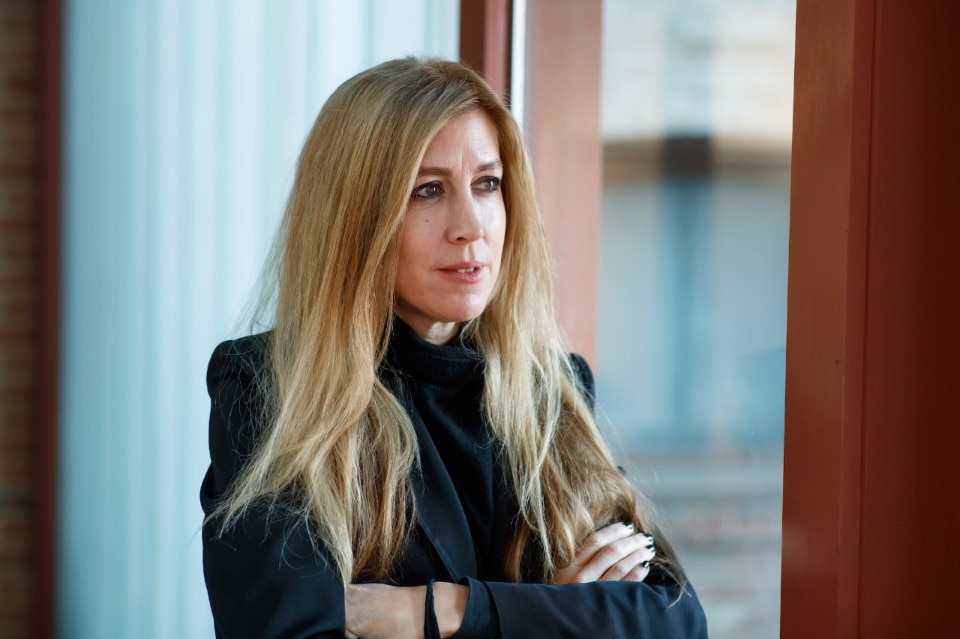
But while the pandemic and related quarantine periods have spurred, almost forcibly, the study of new virtual and totally remote tools, the past few months also bring with them widespread concern for the mental health of thousands of students isolated or forced to return to their hometowns. “It’s been a major challenge, out of which comes a desire to build community, looking for ways to help more than just educational activities, to reclaim all those lost social micro-dynamics,” Harriss continues. “It was incredibly important for us to start thinking about ways to give students a greater ability to coordinate their own sense of community autonomous from their interactions with professors.” A new digital trust, then, through which students, the majority of whom are born-digital, suddenly have skills that professors didn’t have and slips the typical unilateral academic relationship in making them their own teachers’ teachers. “Within our school, there was suddenly a shift from a sense of community confined to the university campus, to a much stronger, but in fact atomized and dispersed across the planet.”
The attempt at digital re-branding is characterizing many cultural institutions. In the process, the identity itself changes, perhaps now coinciding with an Instagram profile. “The contribution of the digital realm and its misalignments can be sold in the amount of digital utopianism, a key element to so many current challenges. We need to be cautious to ensure we don’t fall into the trap of thinking that that will be the ultimate solution. We strongly believe that we need to be able to alternate between analog face-to-face understanding and things that are facilitated and somewhat curated by digital presence.” Indeed, there is no neutrality for these devices and platforms, which create a universe of relationships and propositions governed by algorithms. “The challenge, however, is interesting, considering that our students grew up with iPads and iPhones. Before they could talk, they learned to articulate with technology: in a sense, they are a kind of cyborg educators. Tech devices are prosthetics, another version of a limb or sense, and it’s both dystopian and wonderful.”
The challenge, however, is interesting, considering that our students grew up with iPads and iPhones. Before they could talk, they learned to articulate with technology: in a sense, they are a kind of cyborg educators. Tech devices are prosthetics, another version of a limb or sense, and it’s both dystopian and wonderful
Knowing how to deal with technology will certainly be the biggest challenge of education in the coming decades, then. The hybridization that characterizes the relationship with digital tools, and the infinite source of immediate knowledge always had at the thumb’s reach for digital natives, has at the same time helped to deconstruct centuries-old methodologies of work and thought – in architecture as in other fields of knowledge – recalibrating in the same path also the hierarchy of needs and desires. “I love it, the way that students, without working with prescribed taxonomies and classifications, they take the things and just say, ‘Well, actually, I’m going to use it in a completely different way.’ It’s not done in a naïve or unknowing way, but with a sense of having been exposed to so many different things, that they no longer feel the infrastructure and authorities around them are necessary, they somehow move beyond those parameters,” confirms Harriss. “They’re actually no longer interested the symbols, the signals the assets, the infrastructure of advantage, in a way that we were all coerced to increase income. They’re totally disinterested: they already know they’ll never be able to afford a house, they already know they won’t have the same opportunities as their parents, but they’re not e bitterered by it. Let’s think basically about problems close to us, like food poverty in New York City. How does this relate to architecture? We’re not looking for problems to solve, we’re recognizing issues we’ve created. It’s about taking responsibility, whether it’s discrimination, whether it’s environmental or social. They’re not trying to replicate an economic system based on benefits created by baby boomers, but they’re interested in other forms of existence, other types of contribution, and other values.”
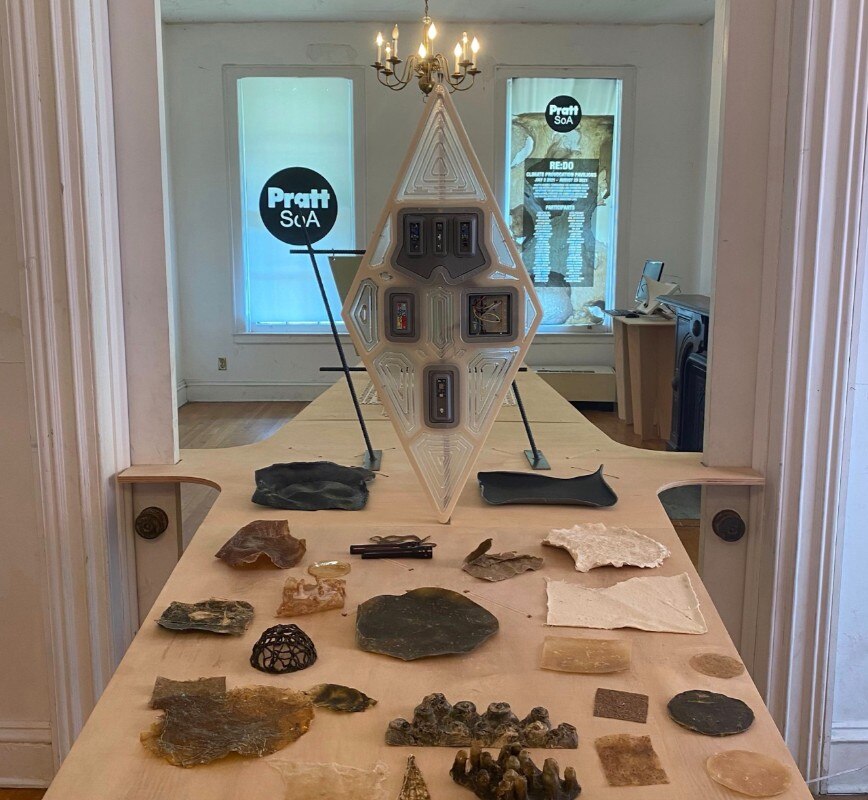
In parallel, the health care crisis has revealed a number of dormant agitations, citing especially the racial showdown that has characterized recent U.S. political history. “Over the last year a group of BIPOC (Black, Indigenous and People of Color) academics came together to form Dark Matter University, a collective that questions how we as schools of design are responding to needs in those communities,” says architect and assistant professor Quilian Riano on the topic. “We came together with designers and architects, bringing together 140 people in institutions across the country in a collaborative and collective process. One of the most interesting experiments of this period is the relationship that has arisen between historically black colleges, Howard University or Florida A&M, with other Ivy League universities, such as Yale and Columbia.”
We’re not looking for problems to solve, we’re recognizing issues we’ve created. It’s about taking responsibility, whether it’s discrimination, whether it’s environmental or social. They’re not trying to replicate an economic system based on benefits created by baby boomers, but they’re interested in other forms of existence, other types of contribution, and other values
“The traditional competitiveness among college clusters is now obsolete,” Harriss joins in. “It’s fascinating to see how the university machine is transforming, into a digital and more collaborative version of itself. Looking at the challenges we’re facing, whether it’s the pandemic or climate collapse, we can’t go on in isolation, but more importantly we can’t solve anything without interdisciplinary collaboration. In the same world, we can’t solve the challenges of architectural education just by looking at other architects. We must be able to rationally judge our research and specializations to allow for immediate and direct impact. If you look at architecture specifically, we see some knowledge coming from the natural sciences, some from finance, some from mathematics. For us, the challenge has always been within architecture, a tradition of operating that is inherently elitist. It is a process that has been reinforced by the 1980s, kind of late stage capitalism, drivers of neoliberalism. We can all criticize billionaires going into space or other contemporary phenomena, when in fact our entire hierarchies in the world of architecture are the imprint of that system of privilege. The engagement here is how to change not only what the practice produces, but also the design of the practice itself, because the design problem is not just about outputs and outcomes.”
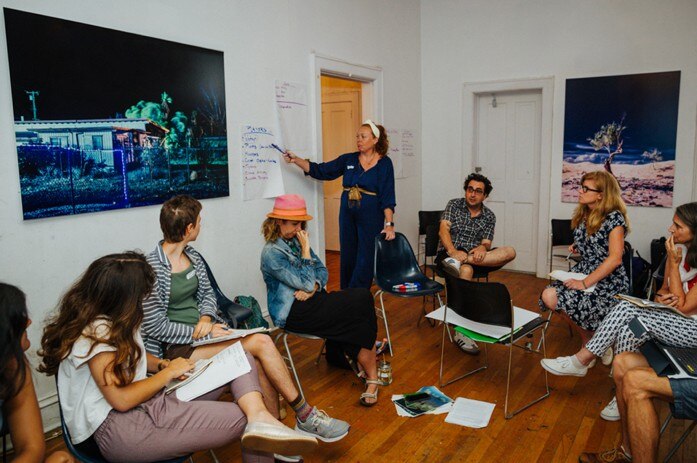
What are we doing about racial equity? What are we doing about gender policy? Students are demanding change
“These students are really starting to point toward a new radical democracy, with hybridization and non-binary cooperation, a new attitude that expresses both identity as a multitude and the specificities of each context,” Riano concludes on the topic. “We see every day this drive in students to reimagine the world we live in, and it is an ongoing political project. This moment of generalized crisis has shown me that the younger generation is willing to lead. They are interested and politically engaged people who bring a lot of issues to the classroom desk, perhaps different from my own baggage, but interesting just to highlight the different hierarchies of need. For example, from the very beginning, they instituted practices like asking people for pronouns. It’s not about what I can teach, it’s about practices that they’re developing uniquely among themselves that change the processes by which the classroom is run, but the results started to be important. What are we doing about racial equity? What are we doing about gender policy? Students are demanding change.”


